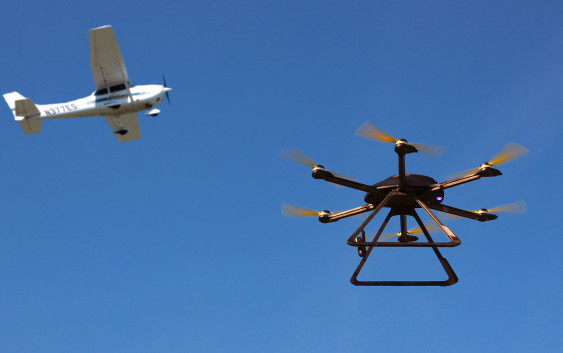Latest research by the e Mercatus Center shows birds to be more of a threat then drones
Our analysis has been based on actual bird strikes, not near misses or simple sightings. We find in general that small UAS under 2kg pose a negligible risk to the safety of the national airspace. We estimate that 6.12×10−6 collisions will cause damage to an aircraft for every 100,000 hours of 2kg UAS flight time. Or to put it another way, one damaging incident will occur no more than every 1.87 million years of 2kg UAS flight time. We further estimate that 6.12×10−8 collisions that cause an injury or fatality to passengers on board an aircraft will occur every 100,000 hours of 2kg UAS flight time, or once every 187 million years of operation. This appears to be an acceptable risk to the airspace.
Our analysis has some limitations. First, birds and UAS are composed of different materials, so it is possible that UAS-aircraft collisions are more likely to cause damage or casualties than bird-aircraft collisions. Although the FAA requires jet engines to undergo bird strike tests, it does not require them to undergo UAS strike tests, so it is not possible to empirically assess the additional degree of damage potentially caused by more rigid materials.13 Second, our assessment of the damage and casualties caused by birds has focused on incidents in which aircraft collide with individual birds, as opposed to flocks of birds. The rationale for this decision is that UAS do not typically fly in flocks, and therefore, collisions with individual birds provide a better point of comparison. However, if swarms of UAS were to become an increasingly common operational pattern, one would want to revisit our analysis to account for that fact.
You can read a full article on this subject in the upcoming issue of Droes Monthly Magazine,



